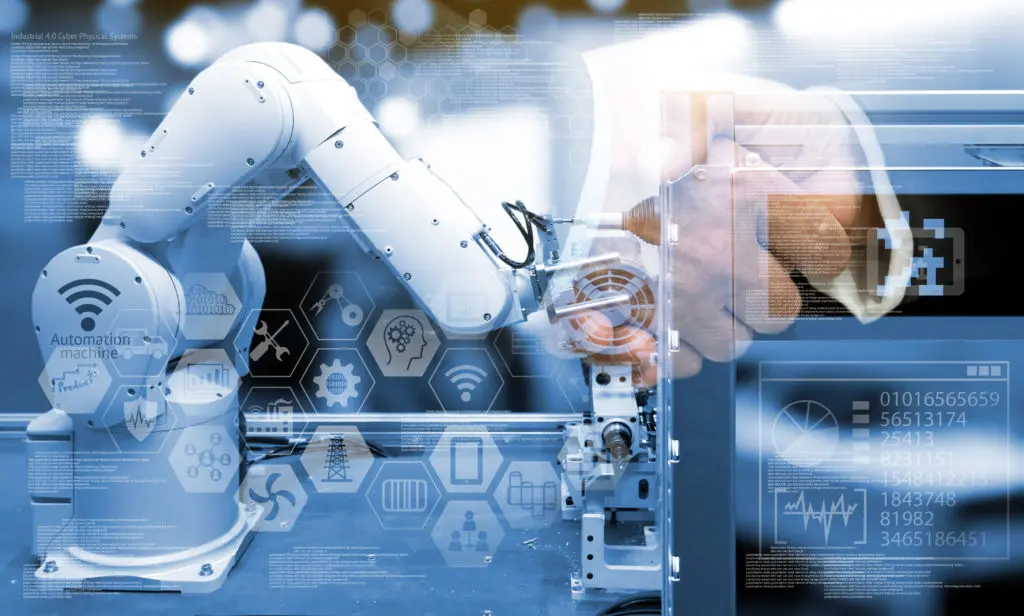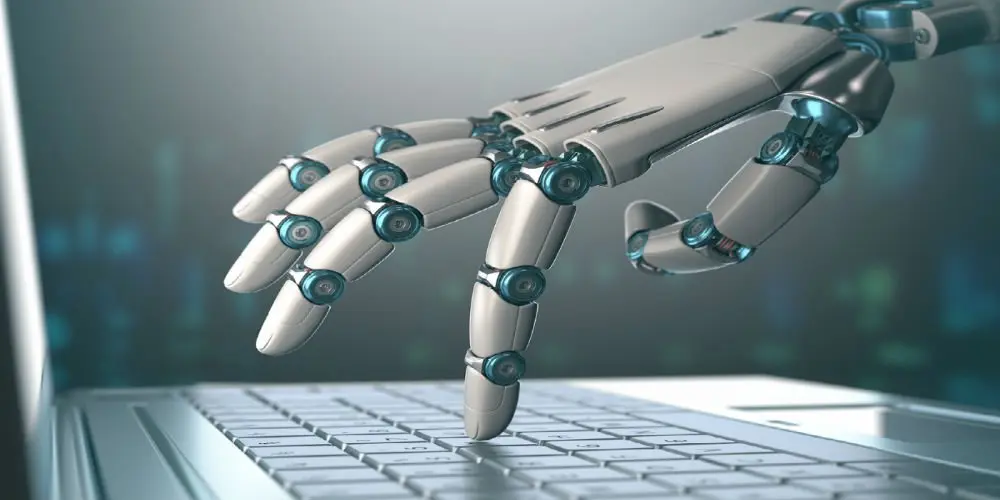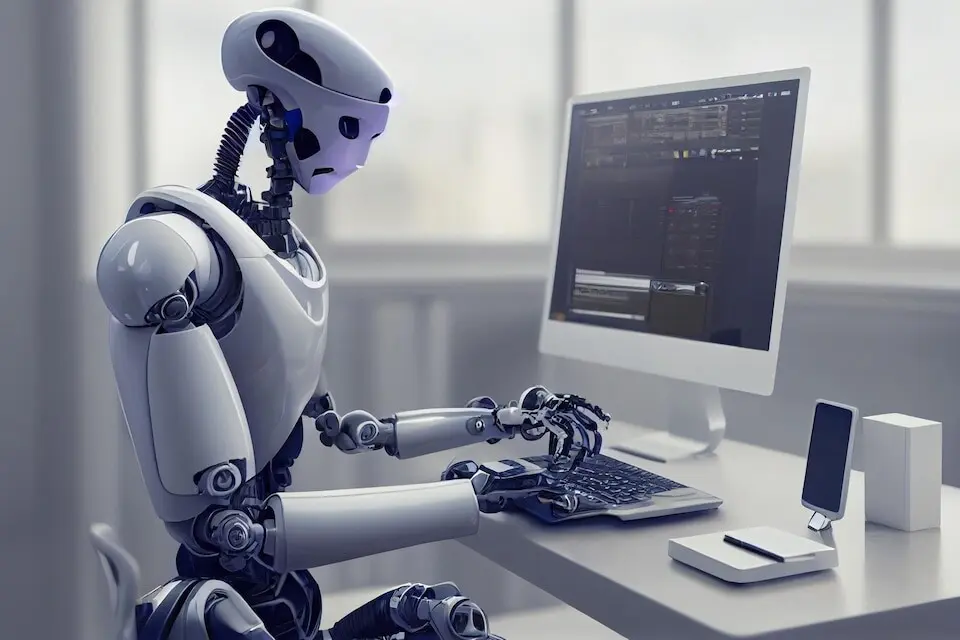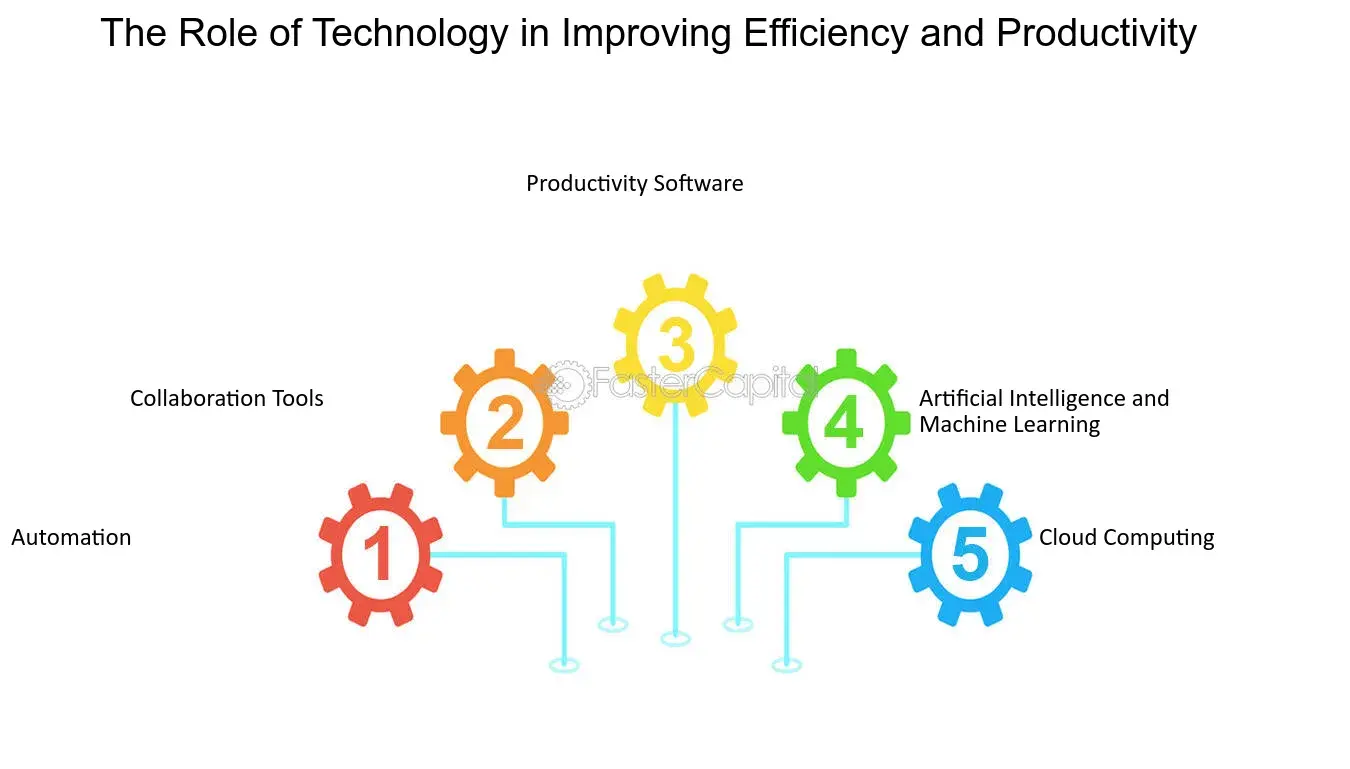Moonpreneur
Update: This article was last updated on 9th May 2024 to reflect the accuracy and up-to-date information on the page.
People often use the terms “robotics” and “automation” interchangeably, even though they are not the same thing. This is because the two technologies are closely related and often used together. However, there are some important differences between them.
Automation & Robotics – By Definition
Automation refers to the use of software and machines to perform tasks that were previously done by humans. This can involve simple, repetitive tasks such as sorting and packing or more complex processes such as manufacturing and logistics. Automation is designed to improve efficiency, reduce costs, and minimize errors.
Robotics, on the other hand, involves intelligent machines that can perform tasks, often with some level of autonomy. These machines are typically equipped with sensors, actuators, and controllers that enable them to sense their environment and respond to changes. Robotics is used in various applications, including manufacturing, healthcare, transportation, and exploration.
To illustrate the difference between the two, consider the following examples:
👉Launched in Feb 2017, ICICI Bank’s Chatbot, iPal, is programmed to reply to the customer’s message, request additional information, and ask for feedback. This is a good example of automation without robotics.
👉“iPal has clocked 6 million responses to date with a run rate of 1 million chats per month”.
👉 Robots taking over the field is a fine example of robotics with automation. In this case, a robot is programmed to perform certain repetitive tasks such as thinning out lettuce fields, spraying pesticides, hoeing, and harvesting.
👉 We all have robotics toys at home. Robotic toys are robots without automation. You can keep kids entertained and engaged with robot cars, clowns, and rides. They are affordable and easily available in general stores worldwide. Also makes robotics for kids fun and a great learning experience.
In a nutshell, robotics involves using intelligent machines to perform tasks, while automation uses software and machines to optimize processes, improve productivity, and increase efficiency.
Similarities Between Robotics and Automation
Robotics and automation are exciting and dynamic fields with many similarities. By understanding these similarities, you can be better prepared to make an informed decision.
1. Use of technology
Both robotics and automation rely on cutting-edge technology to achieve their goals. As mentioned earlier, robotics uses sensors, actuators, and control systems to perform tasks, while automation uses advanced software and hardware to automate processes.
By staying up-to-date with the latest technological advancements, you can stay ahead of the game in both fields.
2. Efficiency
The end goal of both technologies is to improve efficiency and productivity. Automating tasks that are repetitive or dangerous can free up time and resources to focus on more critical tasks. This results in a more streamlined operation, saving time and money.
3. Precision
Great businesses thrive on precision, and while humans are prone to error, robots and automation ensure maximum precision and accuracy. In robotics, precision is essential for tasks such as surgery or manufacturing, where a high level of accuracy is required.
Automation, on the other hand, requires precision to ensure that machines operate smoothly and consistently. By prioritizing precision, you can ensure that your work is of the highest quality.
4. Integration
Both robotics and automation can be integrated with other systems and technologies to create a more comprehensive solution. For example, robots can work alongside other automated systems, such as conveyor belts or assembly lines.
By integrating these technologies, you can create a more efficient and effective operation.
5. Innovation
 Robotics and automation are constantly evolving fields, with new technologies and applications being constantly developed. By staying abreast of the latest developments, you can be at the forefront of innovation in both fields.
Robotics and automation are constantly evolving fields, with new technologies and applications being constantly developed. By staying abreast of the latest developments, you can be at the forefront of innovation in both fields.
Whether it’s exploring new uses for robotics or discovering new ways to automate processes, there are always exciting new opportunities to explore.
Conclusion
Overall, the demand for automation and robotics is expected to continue to increase as more industries recognize the benefits of these technologies. The market for these technologies is rapidly expanding, and people who invest in automation and robotics are likely to have a competitive advantage in the years to come.
Want to make your child future-ready with Robotics? Moonpreneur offers a tailor-made program. Reserve a spot in our free 60-minute workshop today and introduce them to the amazing world of robotics and innovations!































Is robotics regarded to be automated, and vice versa?
No, not every automated system is made up of robots. Not every robotics system is fully automated. Some automation can be done without robots and some robots need help from humans.
Are human jobs completely replaced by automation and robotics?
Automation and robotics can take over some repetitive tasks, but they can also open up new jobs in design and maintenance, as well as in programming. It all depends on the sector and how it’s implemented.
What does the future hold for the fusion of robots and automation?
In the future, automation and robotics will work together more closely, thanks to advances in artificial intelligence, machine learning and sensor technologies that will lead to smarter and more adaptive systems.